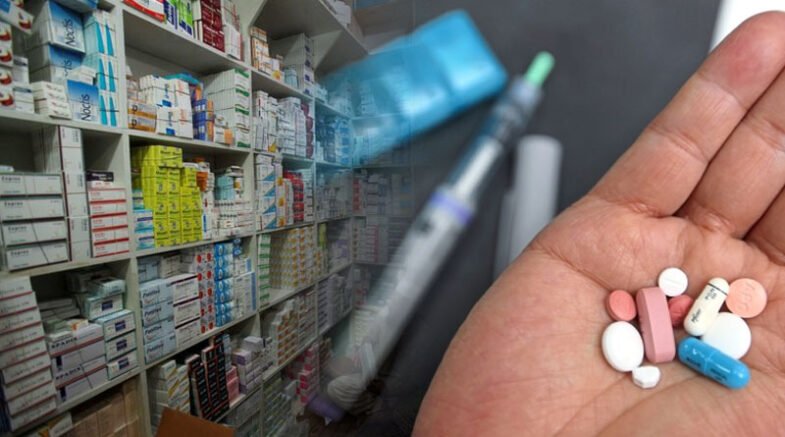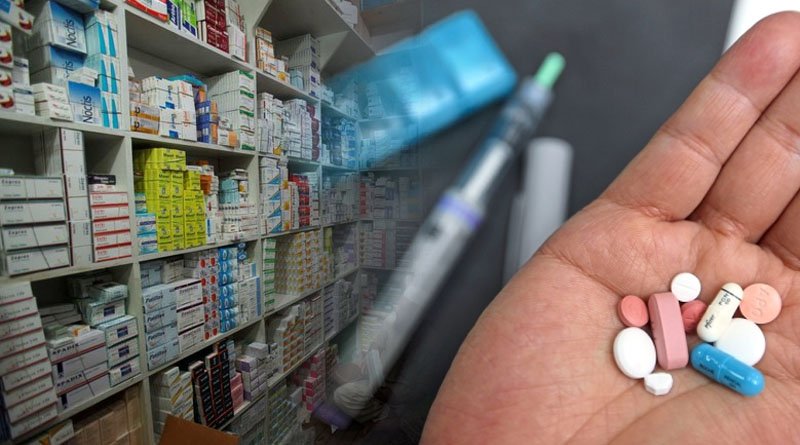Public authorities, healthcare organizations, patient groups, and civil society are concerned about the cost of pharmaceutical treatments in Europe.

The drug market in Europe is divided among a number of nations, each with its own systems for setting prices and reimbursement. Bulgaria or Albania must make more difficult decisions than Germany or France regarding how to pay for drugs due to their economic situation. The “unacceptable prices differences between countries in Europe for the same drugs” have been brought up for discussion by the European Parliament.
Public authorities, healthcare organizations, patient groups, and civil society are concerned about the cost of pharmaceutical treatments in Europe.
The Beneluxa consortium of EU member countries has been forging a common front in negotiating pricing and reimbursement with individual companies, but the latest attempt by Belgium, Ireland, and the Netherlands to agree to a price with Orchard Therapeutics for its Libmeldy treatment collapsed last month. This is a disappointment for patients and all concerned over availability of this promising but expensive therapy.
Oftentimes, non-governmental organisations are even more forthright. The leader of one of the largest healthcare payers in Europe stated in April that the upcoming legislative review of the EU “should aim to rebalance the pharma system rather than enable further bankrupting and undermining of health and social protection in Europe.”
Prices, according to consumer group BEUC, “are skyrocketing.” Health Action International states that “excessively high prices of drugs are increasingly endangering the economic sustainability of public health systems in Europe.” Additionally, medical professionals in Europe are protesting “ever-rising, unaffordable prices.”
Even when critics are more subtly critical and admit that there needs to be a balance between incentives and access, it is assumed that “balance” entails less industry power and more power for public authorities.
The Oslo Medicine Initiative, which seeks to create “a new social contract” in order to address “escalating prices and the budgetary impact of novel medicines,” is likely to have an impact on the developing Access to Novel Medicines Platform being developed by WHO’s Europe office.
A plan to bring together national pricing and reimbursement authorities with a wide range of other interests with the primary goal of “improving the transparency of markets for medicines” was approved by a conference of European payers in March.
As the EU begins a comprehensive review of its drug laws, more restrictions on pricing is the mood music. This is in spite of industry arguments that European patients and innovation would suffer, as well as CEOs of Big Pharma’s warnings that the US market is “highly attractive, relative to Europe.”
In her analysis of the proposed rule changes, EFPIA Director General Nathalie Moll questioned “whether it is naivety, blind optimism, or a more conscious decision for Europe to rely on innovation from the US and Asia.”
The industry in the UK is opposing government plans to tighten the country’s convoluted pricing structure by increasing the clawback on sales of branded medications.
According to the national industry association, ABPI, such a move would “send the worst possible signal to global investors and boardrooms at a time when UK life sciences are already facing significant challenges,” resulting in “economic scarring” of up to $100 billion lost to UK GDP over time due to the impact on company investment decisions.
Swedish Health Minister Acko Ankarberg Johansson has convened a meeting of national ministers to discuss how the EU and its member states can secure access to pharmaceutical products, without mentioning prices. This is due to the inability of the EU authorities to intervene on drug prices.
